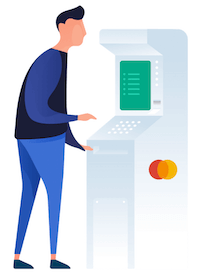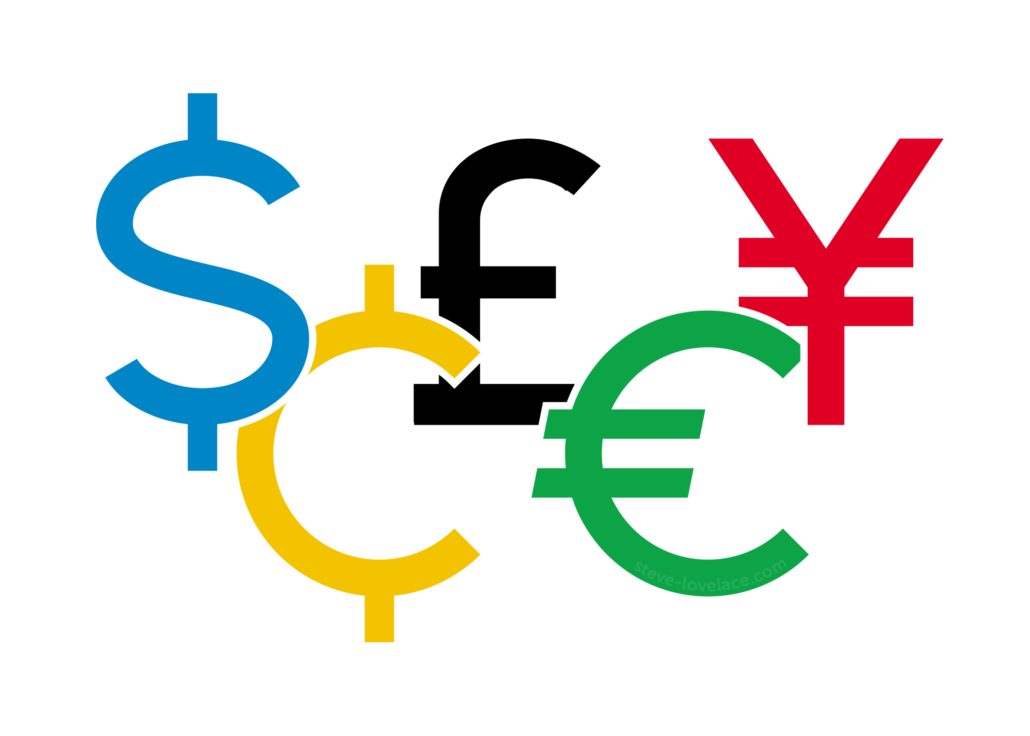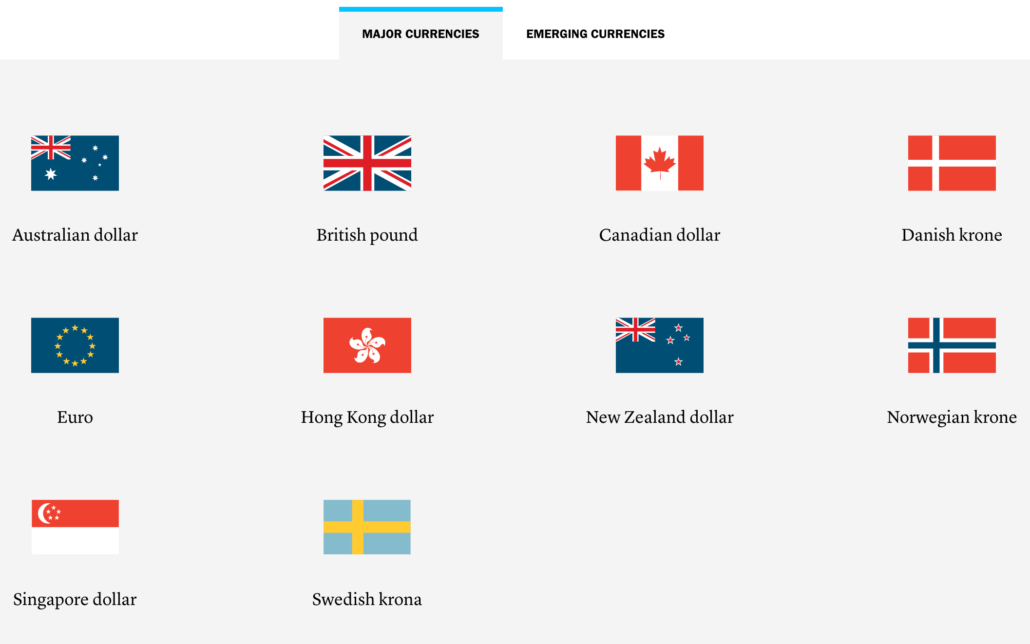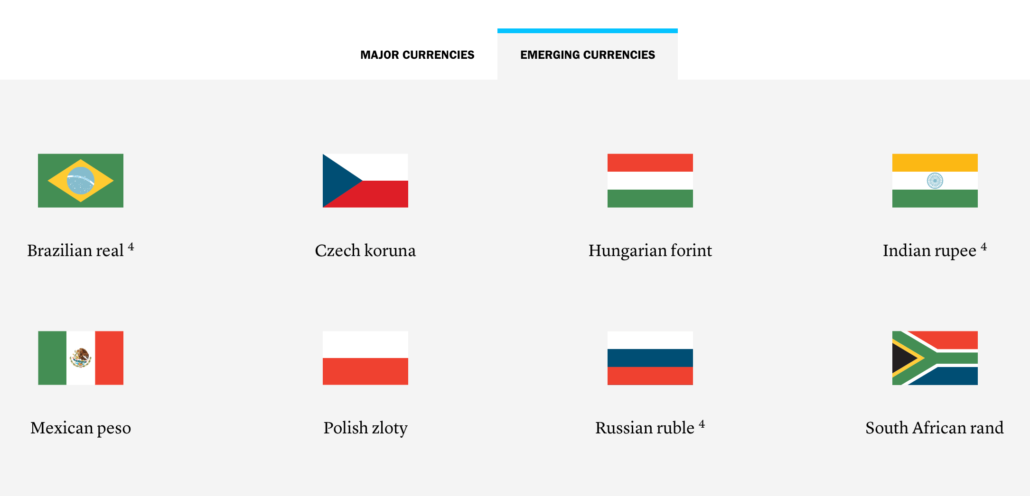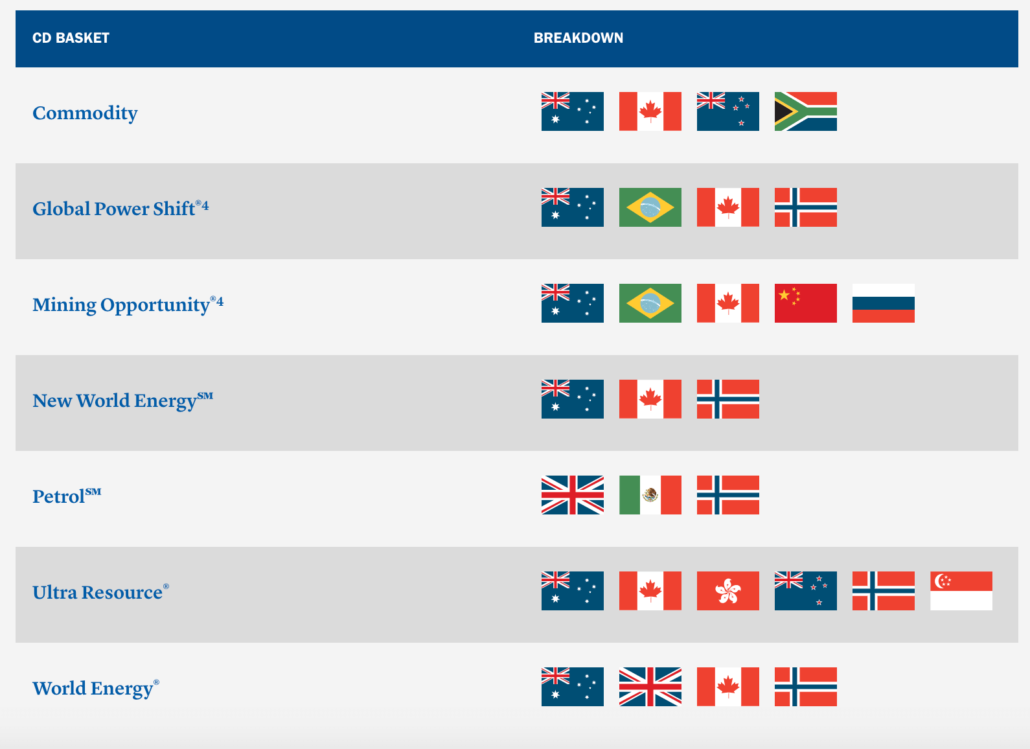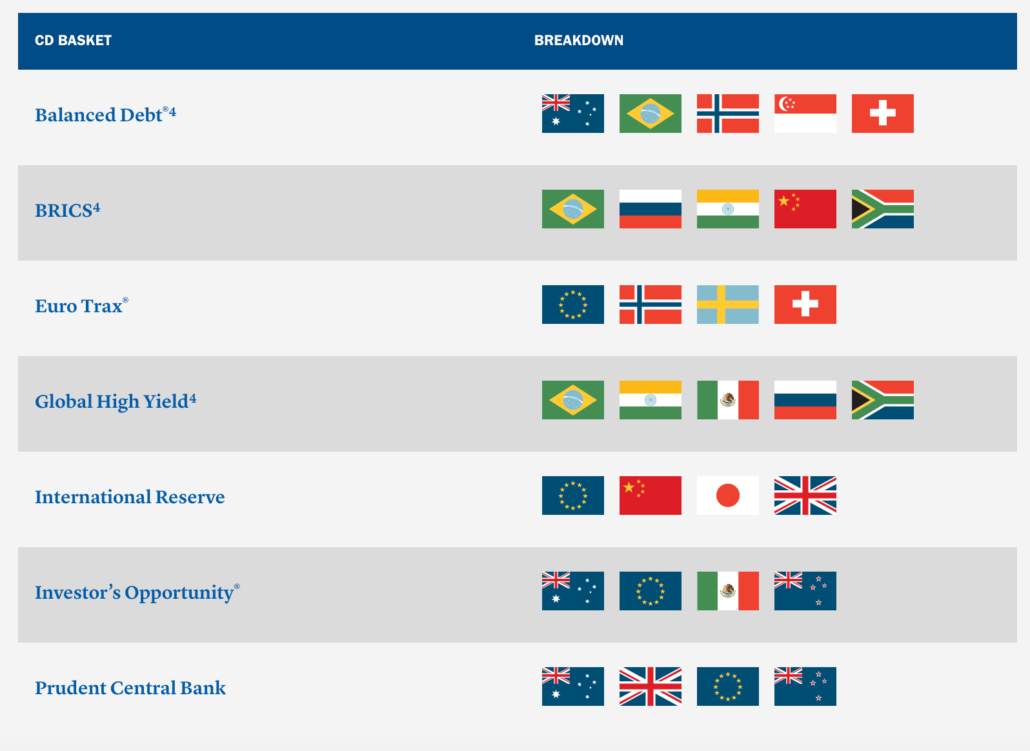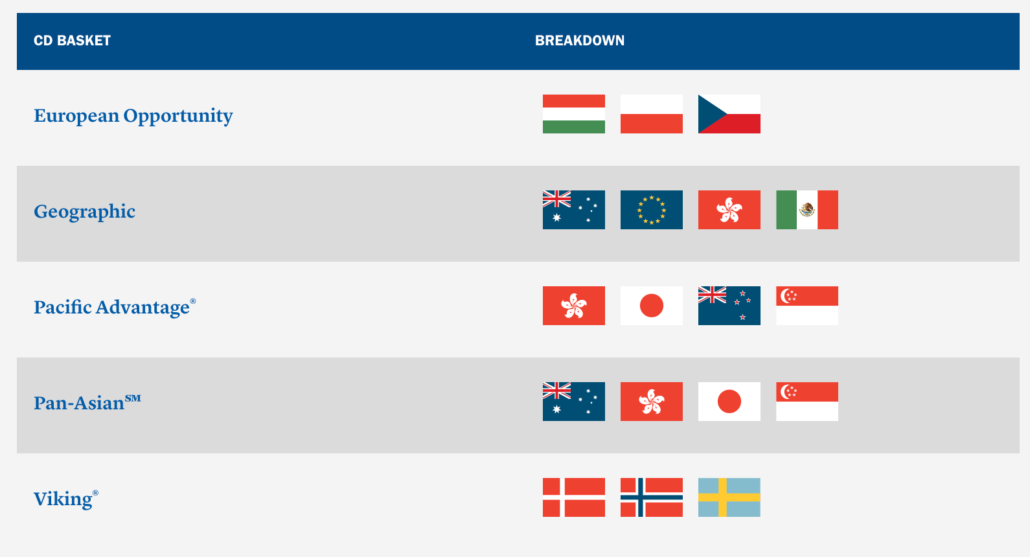
[Update: August 21, 2020 – NEFCU cut the APY on their Future Saver Plus Certificate promotion by 0.10% APY across all balances.]
[Update: July 16, 2020 – NEFCU cut the APY on all of their standard certificate of deposit products as well as their Future Saver Plus Certificate promotion.]
[Update: June 18, 2020 – NEFCU cut the APY on all of their standard certificate of deposit products by 0.05 – 0.10% APY.]
Update: April 27, 2020 – NEFCU rolled back the APY on their standard CDs as well as their promotional “Future Saver Plus Certificate.” The Future Saver Plus now yields 2.52% APY (down from 2.78% APY last month) on amounts under $5,000 and 1.25% APY on yields above (down a hair from 1.26% last month).
Update: March 2020 – After the most recent rate drop by the FED, New England Federal Credit Union rolled back the yield on their “Future Saver Plus Certificate” from 3.05% to 2.78% APY on balances up to $5,000 and dropped it from 1.61% APY to 1.26% APY on balances above $5,000. They also rolled back the APY on their standard CD products with terms greater than 6 months, while 3 and 6 month yields remain unchanged.]
If you live in Vermont and are interested in purchasing a certificate of deposit with a respectable APY you may want to head over to NEFCU to check out their current 12 month CD promotion.
Currently, New England Federal Credit Union (NEFCU) has a promotional 12 month “Future Saver Plus Certificate” featuring a variable APY of 2.17% on balances up to $5,000 and 0.90% APY on balances of $5,001 or greater.
The APY on this deposit blows away the top rates on 12 month CDs currently, however the account comes with two distinct drawbacks.
First, is the low ceiling on deposit amounts allowed to earn the APY (only applies to amounts up to $5,000) and the second is the fact that the rate is variable. Meaning the institution can change it at any time without notice, even while your deposit is open.
That said, if you are eligible to join and have been looking for a high APY deposit product to place $5,000 – $10,000 into, then this might be your most lucrative option.
NEFCU “Future Saver Plus Certificate” 12 Month Term
Here are the APYs associated with the account as well as the minimum deposit requirement and balance tiers.
| CD Term | Min Deposit | Balance Tier | APY |
| 12 month | $25 | $0 – $5,000 | 2.17% |
| 12 month | $25 | $5,000 + | 0.90% |
*Remember these rates are variable which means they can change at any time without notice even while your deposit is active.
NEFCU CD Rates
Outside of the Future Saver Plus Certificate promotion (above), NEFCU has a fairly standard set of CD products called “Term Share Certificates.” The APY on these CDs beat the national average on most terms but not by any significant margin. See rates and terms below.
| CD Term | Min Deposit | Balance Tier | APY |
| 90 – 179 days | $1,000 | Under $25,000 | 0.40% |
| $25,000 + | 0.55% | ||
| 180 – 364 days | $1,000 | Under $25,000 | 0.50% |
| $25,000 + | 0.65% | ||
| 12 – 23 months | $1,000 | Under $25,000 | 0.60% |
| $25,000 + | 0.75% | ||
| 24 – 35 months | $1,000 | Under $25,000 | 0.70% |
| $25,000 + | 0.85% | ||
| 36 – 59 months | $1,000 | Under $25,000 | 0.80% |
| $25,000 + | 0.95% | ||
| 60 months + | $1,000 | Under $25,000 | 0.90% |
| $25,000 + | 1.05% |
All of the above deposit products by NEFCU come with a minimum deposit requirement of $1,000 and are federally insured by the NCUA (FDIC equivalent for credit unions) up to $250,000 against insolvency by the institution.
About NEFCU (New England Federal Credit Union) + Eligibility
New England Federal Credit Union is the largest credit union in the state of Vermont with 90,000 members and roughly $1.3 billion in assets.
They open their arms to individuals, businesses and families within 6 counties of northwestern Vermont.
Currently anyone who lives, works, worships or attends school in Addison, Chittenden, Franklin, Grand Isle, Washington and Lamoille counties are eligible for membership.
Final Thoughts
If you live in northwestern Vermont and are in the market for a federally insured deposit with a respectable APY then you may want to consider the 12 month variable rate “Future Saver Plus Certificate” promotion.
Just keep in mind you’ll only earn the 2.17% APY on balances up to $5,000, so if you were considering a larger deposit or even a jumbo CD, then you’ll probably want to choose another option.
The deposit pays 0.90% APY on balances above $5,000 which still beats the national average on 12 month CDs by a respectable margin.






